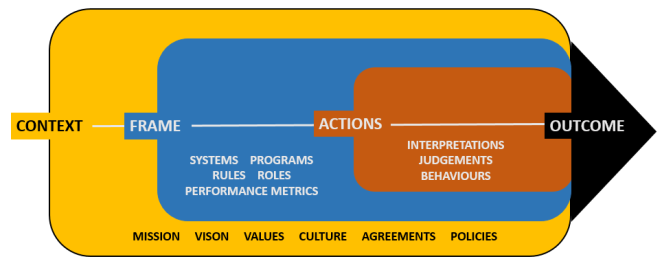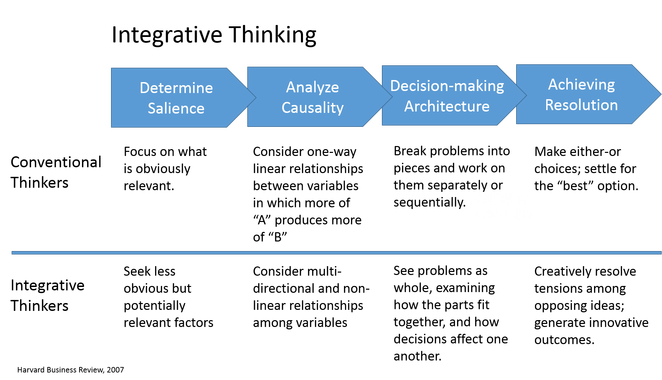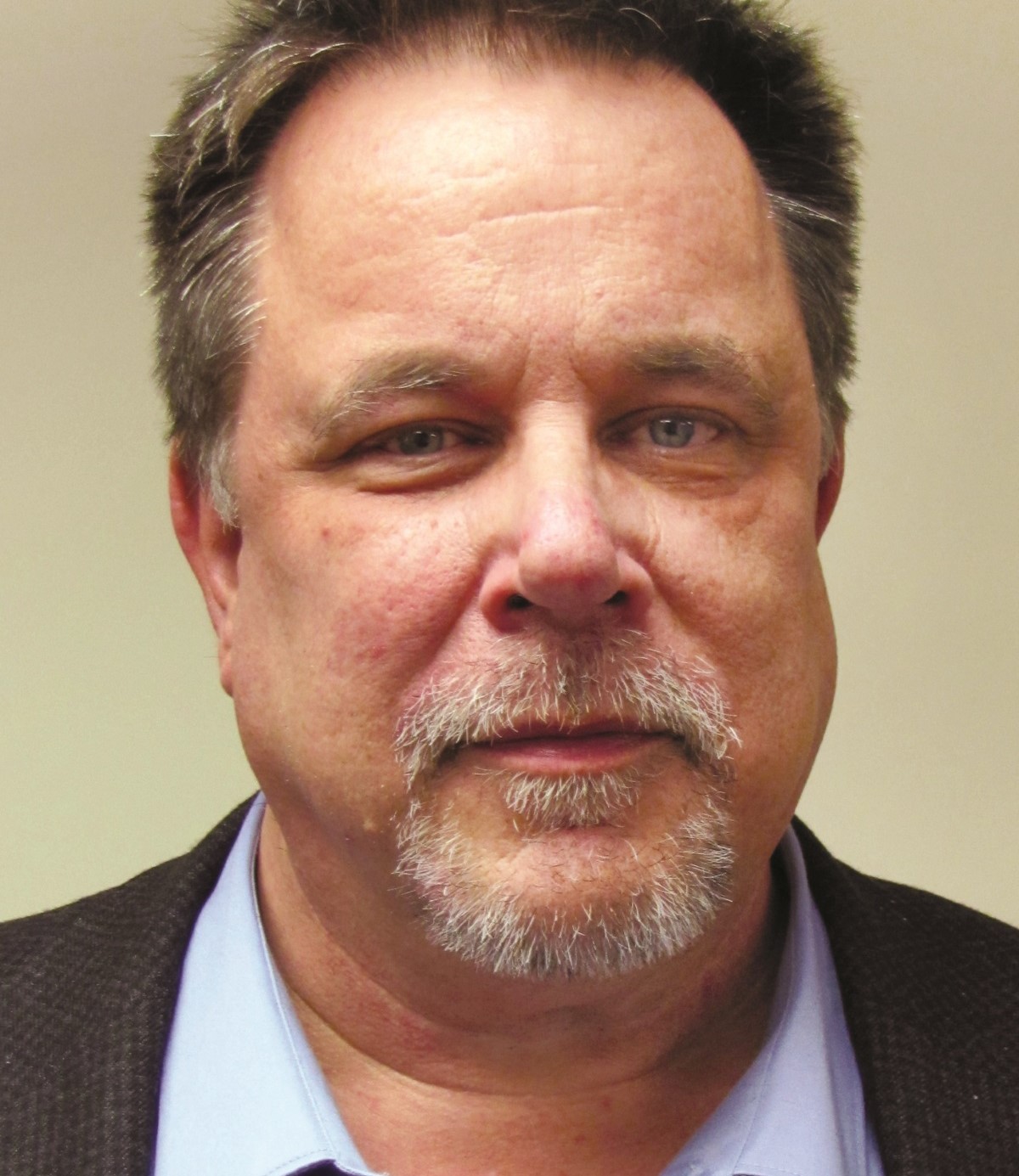There has been a movement afoot for the past 15 to 20 years that evolved out of a growing dissatisfaction with the charitable sector or more to the point, the Charity Model. Critics of the sector are nothing new, of course. And these criticisms are often based on unproven perceptions (e.g. there are too many charities), biases people have toward “the needy” (e.g. I made it through hell, so can you), and some that still boggle my mind like, non-profits need to be more business-like.
But the conversations I am talking about have gone further than that and very often have been initiated and led by well-respected non-profit sector leaders tired of seeing good work (or what they saw as good work) not really moving the needle of big change. The impact, they say, just hasn’t been good enough, which has evolved into concluding that the so called Charity Model has failed us all.
What I find interesting and somewhat unnerving is that this thing we call the Charity Model is in effect a descriptor of organized helping; it is not and I suggest never has been an actual model in the manner that we tend to think of models or frameworks. Usually a model has an author or set of authors and has an intended purpose, and governs or guides how you do something. I am not aware of anyone who authored the Charity Model. As a term it represents our attempt to put meaning to what the charitable sector does and why, though we tend to spend less time on the latter.
My sense is that the Charity Model is about our desire to capture and understand how the organized expression of love or kindness is implemented through institutions and systems. It is a term that offers differentiation from the private and government sectors. How that expression is organized is certainly worthy of review and adjustment, if not significant change, but my struggle with the direction many are taking is that charity has become something sector leaders want to move away from while replacing it with something better.
One common position is that we need to move from the Charity Model to efforts focused on systemic change. The thinking appears to be that the two are not connected, have little or no relationship. Some talk about this in ways that suggest the Charity Model and Systems Change are polar opposites, calling for us to choose one over the other.
Further, such an either-or approach to making change is precisely why big change efforts often fail or fall short of the mark. It is ironic that in this day and age where we all recognize that social issues are complex and require complex solutions, we still look for definitive, if not simple answers.
There are at least four key elements to the work we do in the charitable sector: context, frame, actions, and outcomes.
Context is typically expressed in an organization’s foundational statements: mission, vision, values or principles, and belief statements. But context also includes an organization’s history, culture, and its fundamental agreements with its supporters. The context in which we operate is in effect our perspective about who we are and why we do what we do.
Within an organization’s context are one or more frames. By this I mean the programs and service, roles, processes, procedures, rules (spoken or unspoken), and performance measures that guide, if not govern us in the specific work we are doing.
Actions are the behaviours of people (staff, volunteers, donors, partners) working within the frame which is born out of context. This includes the perceptions, judgements, biases, and personal values of those actually doing the work.
Outcomes represent our professional way of saying results or benefits or change. Our view of outcomes tends to include the belief that results are clearly identifiable and measurable. This view is not wrong per se, but it tends to discount the many instances in which one’s actions cannot be neatly tied to a result.
I do wonder if the call to move away from the Charity Model started to bubble up when sector leaders finally began to realize that the promise of an outcome-oriented approach to having impact was more often than not a pipe dream, a great expectation that had not adequately manifested.
In our work, whether within our respective organizations or as part of a larger collaboration, we need to think more about context without automatically connecting our current frames and actions to the conversation. Why we are doing what we are doing and who we are collectively are fundamental big change questions we must ask and continually answer. It’s harder to do than focus on subsets of our context. It means getting at our identities, not just our structures and actions.
This is where the quality of our thinking comes into the picture, and admittedly it is a difficult thing to consider. After all who wants to be seen as a flawed thinker, especially those in leadership positions? Nevertheless, surely we do not believe that the pathway to transformational change is dependent on our ability to make Either-Or decisions. Is the answer we seek to be found in choosing a Systems Change approach over the Charity Model?
This either-or mentality is pervasive. Political parties battle one another about ideology and its many manifestations. Religions are lived by people who claim their faith is the right one; believing otherwise is wrong. Environmentalists fight capitalists. Pro-life and Pro-Choice languish in their views of their opposition as wrong, if not despicable.
As a general rule. confining understanding and possibility to positions on this versus that incite divisiveness, camp mentalities, and narrows our scan for new opportunities to what reinforces our perspective. We look for data and information that proves our point as we sidestep other ideas or experiences that should at least prompt us to question the “certainty” of our position. We limit our understanding of others with different viewpoints by focusing on discovering why the others are wrong, misguided, immoral, and the list goes on.
Our thinking often seems like it is on some sort of auto-pilot that is controlled by what we know, believe, and value, as if all of those aspects of our identity are static. Intellectually, we are aware that what we know changes over time, our beliefs adjust and adapt, and even our values are subject to change, but we often use our ability to think as the means by which we hope to preserve our current stance in the world. The questions we ask become a way of perpetuating the biases we hold. This is what I believe has happened with the rale against the Charity Model.
We do want to change how we do things in the charitable sector and yet we often fail to ask questions about why we are doing them. We don’t invite questions that dig our thinking into the big picture of what we are doing or spend the time to articulate a question that compels us to truly struggle with the status quo. It makes us uncomfortable to debunk the tried and accepted and even more unsettling to have to engage when we see what we believe and cling to being debunked.
Here is an alternative way to look at the Charity Model versus Systems Change. Instead of gravitating to positional arguments formed out of frustrations with how things are right now, we might focus on an overarching questions, such as: What needs to be true in order for community life to be good for everyone?
I know. Such a question is rife with challenges. What is “community life” and what does “good for everyone” actually mean? And then there is that “what needs to be true” challenge. What on earth does that mean?
I am not suggesting that such a question will result in the magical emergence of harmony and clear cut pathways toward better lives for all. But I am suggesting that the question may help us avoid pitting this against that.
If you are like me and believe there are multiple truths in the world, perhaps we should do our best to frame inquiries that welcome multiple truths at the table. Furthermore, the question above or one like it is a question anyone can consider, regardless of what camp they live in. In fact, such a question could very well help us avoid fruitless and divisive either-or arguments and decisions.
Roger Martin, in his book, The Opposable Mind, shares with us the learning he gleaned from studying successful leaders. Granted, his work was focused on the private sector, but his thesis that great leaders are those who can hold opposing views simultaneously in their mind is applicable to the non-profit sector as well.
He calls this ability to work with opposing views Integrative Thinking and here are its characteristics (see source at end of posting):
1. When trying to understand a problem or challenge, Integrative Thinkers do not limit themselves to what is clearly apparent. They also look for less obvious connections or factors that may be contributing to the problem or issue. They don’t ignore the obvious, but they also choose to speculate on what else may be going on that needs to be understood.
2. To deepen this more fulsome understanding, Integrative Thinkers do not limit themselves to linear thinking. While they may see instances where A + B equals C, they look for and engage multi-directional and non-linear relationships among the variables that make up a problem. They recognize that complex problems are not neatly described or understood.
3. Integrative Thinkers do not limit themselves to breaking down issues or problems into pieces and then focusing on fixing the pieces. Instead they tend to look at and grapple with the whole of the matter, trying to understand how the many pieces of the puzzle relate to one another, how a change to how this operates impacts an action or outcome over there. We often call this systems thinking.
4. When it comes to decision-making, Integrative Thinkers accept the fallibility of attempting to choose one over the other. In other words, they recognize that either-or decisions are often the wrong decisions or not the best ones. Instead, they seek to creatively resolve tensions among opposing ideas. In fact, Roger Martin would argue that innovation reveals itself when we base decisions on Either-AND-Or perspectives.
What has happened is that many sector leaders have positioned the Charity Model and Systems Change as opposing ideas that require us to choose one over the other. This positional mindset prompted one colleague of mine, a sector leader in her own right, to conclude that we needed to stop funding food programs for the hungry and instead devote resources to effecting changes in systems that foster hunger.
At the time I was the CEO of an inner city human services organization in Edmonton that fed the homeless daily – well over 100,000 meals per year. That’s not all we did, but it was one of the bigger programs offered. I asked my colleague what I might say to those who were hungry. Should I say, “Sorry we can’t help you, but be patient. We are working on systems change to end hunger altogether”? Can you imagine?
Actually, I do not believe the Charity Model and Systems Change are in opposition in and of themselves. Rather we have chosen to see them to be opposing ideas about how to improve lives and community conditions.
By asking the “what needs to be true” question, we allow both to be discussed together. In my world, hungry people should be fed and actions are required that address systemic causes of hunger. But the question allows us to go further to include fostering understanding and ideas about how transformational change must be addressed by everyone, not just the charitable sector, not just through systemic change. Attitudes and perceptions need to change. Business has a role to play in helping to ensure the economy works for the majority.
This is actually the biggest flaw in the Charity Model versus Systems Change debate. It is a debate about the wrong thing. It offers us two choices that are both the subset of the bigger challenge, which is how to end problems and suffering in our communities. Charities won’t do that on their own. Neither will systems changes. They can help of course, but until the community itself is engaged in solving big problems it faces, the needle of big change will never move to the extent that we all say we want it to.
Focusing in on the Charity Model and Systems Change is avoiding major questions about context and moving straight to how we frame our work.
Until big business integrates being charitable into its culture, we will continue to see what is profitable solely in economic terms. Until governments see social problems through a rights-based lens they will never take sufficient action to turn poverty, for example, on its heels.
What needs to be true in order for community life to be good for everyone?
That is the question. It is not a question about the Charity Model. It is not a question that reduces our thinking to systems change. It is a question that gets at our context. It is a question that must be owned and acted on by all institutions, by all governments, and ourselves and the people who live next door to us and down the street and across town. It is a question that does not allow us to limit ourselves to current jurisdictions or policies. It is a question that accepts multiple truths as being necessary drivers of the decisions we need to make to move forward toward a better life for all of us.
___
Read more about “How Successful Leaders Think” by Roger Martin
https://hbr.org/2007/06/how-successful-leaders-think





